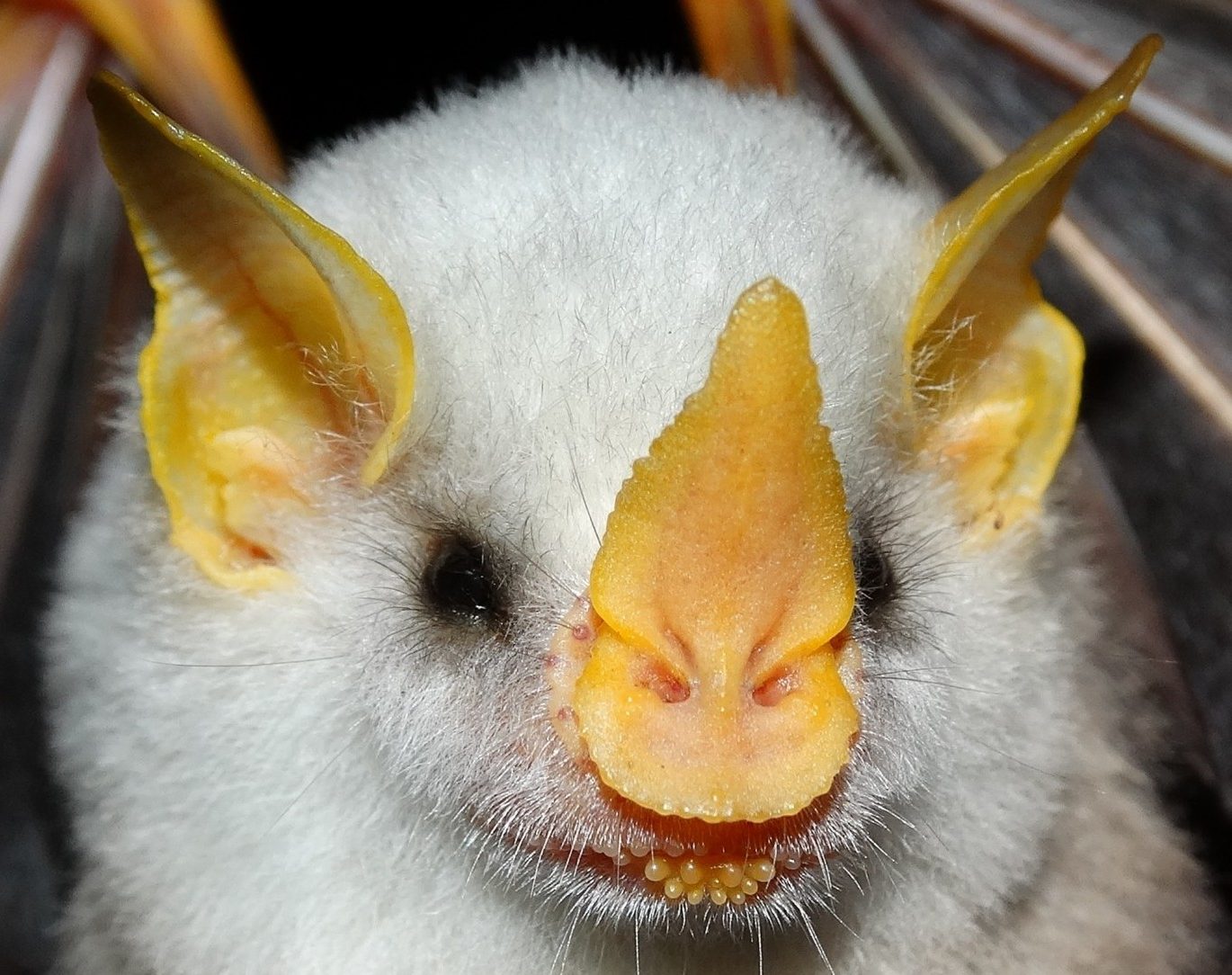From insect wings to bird beaks, most anatomical structures carry out more than one function. How anatomical structures have evolved to accomplish more than one function is a long-standing, important question in the field of organismal biology. This project addresses this question by examining the skull and how its different functions – such as sensing, breathing, and feeding– interact and, in so doing, shaped the diversity of skull morphology over evolutionary time.
To study this topic, this project focuses on bats, the second most species-rich Order of mammals, because this group offers extraordinary diversity in number of species, a wide range of skull shapes and sizes, and novel skull functions such as nasal echolocation. To understand how the interaction among skull functions helped generate bat skull diversity, first we are measuring and mapping the diversity of internal and external skull morphology across bats with tools such as CT scanning and histology. We will then use computational models and physiological data to predict and compare how well differently-shaped skulls perform during feeding, respiration, and olfaction, identifying what parts of the skull affect these functions and how. Finally, we will reconstruct how functionally relevant skull features have evolved in the context of competing functions.

This project will generate massive datasets of skull internal and external morphology (3D models, histological series), enable training of undergraduate and graduate students, and support the development of a museum exhibit projected to reach thousands of visitors across two cities.
This project is funded by the National Science Foundation Award# 2202271 in collaboration with the Smith Lab at Slippery Rock University, and Tom Eiting at Burrell College.
